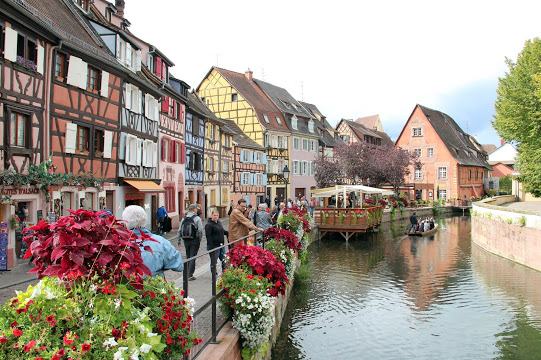I can’t tell you the number of times I’ve been so impressed with the body and tannin in a California pinot noir, that I put a few bottles in the cellar to age — only to be disappointed several years later when I popped the cork.
I’ve come to the conclusion that just because a Burgundy ages well doesn’t mean a California or Oregon pinot noir will be just as rewarding. Why is that? Pinot noirs in Burgundy have more finesse than tannin. The ones I taste from the West Coast have a lot of alcohol and forward, often sweet fruit and high alcohol. One would think this character would allow them to age well, but that hasn’t been my experience.
Admittedly, this is an over-generalization. But the wines I recently opened from Ken Wright, Goldeneye, Penner-Ash and Panther Creek — mostly from the 2015 vintage — were over-ripe and flaccid. The only exception was the 2015 Etude Heirloom Pinot Noir which had a lot of structure, fresh fruit and still some fine tannins.
Lesson learned: drink your West Coast pinot noir within a couple of years.

